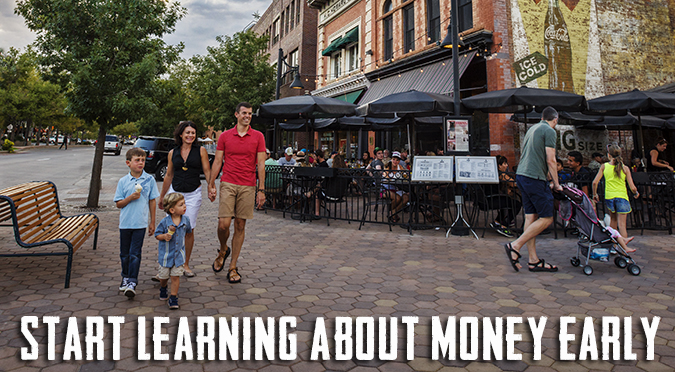With the COVID-19 pandemic affecting all of us worldwide, how a community cares for the health of its citizens is particularly relevant. We may take the availability of local health services for granted in normal times, but it’s worth considering how they’ve evolved over the past 125 years. Learn about the history of Boulder’s healthcare roots in our latest blog with our friends at Museum of Boulder.
A center for health at 4th & Mapleton
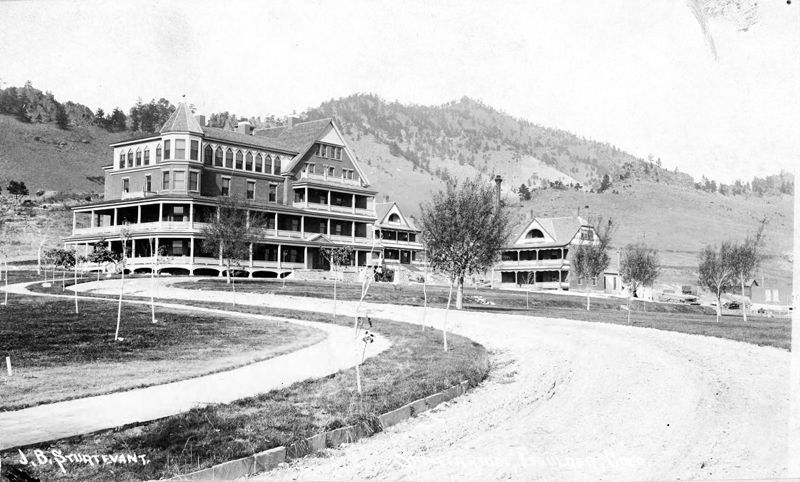
Photo courtesy of the Carnegie Library for Local History / Museum of Boulder Collection
Boulder has been a center for the health-conscious since at least 1896, when Dr. John Harvey Kellogg, of cereal fame, opened the Colorado Sanitarium at 4th and Mapleton. At that time, the facility was a resort and health spa run by the Seventh Day Adventist Church after its founding by Dr. Kellogg. He championed natural foods by developing combinations of nuts and grains to produce corn flakes, granola and peanut butter, among other things prepared by the Colorado Sanitarium Food Company on the facility’s grounds. Guests were gradually introduced to healthier eating habits by being moved through stages from a “conservative” diet that included meat, white bread, and caffeinated coffee and tea when they first arrived to a menu with, for example, meat but no coffee or tea. The last stage was to a “radical” diet where no “food poisons” were served at all.
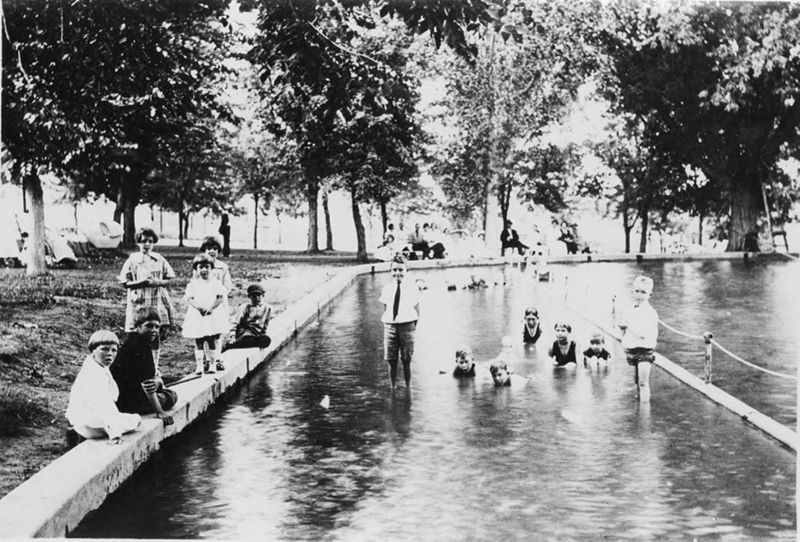
Photo courtesy of the Carnegie Library for Local History / Museum of Boulder Collection
The guests were encouraged to enjoy the access to foothills hiking trails at their doorstep. These trails included Mount Sanitas, which was named for the presence of “the San” at its base. They were also offered more adventuresome treatments ranging from hydrotherapy to electric shock. The sanitarium was replaced in the 1950s with Boulder Memorial Hospital, which has subsequently closed, and the property is now being developed into a continuing care residential senior facility.
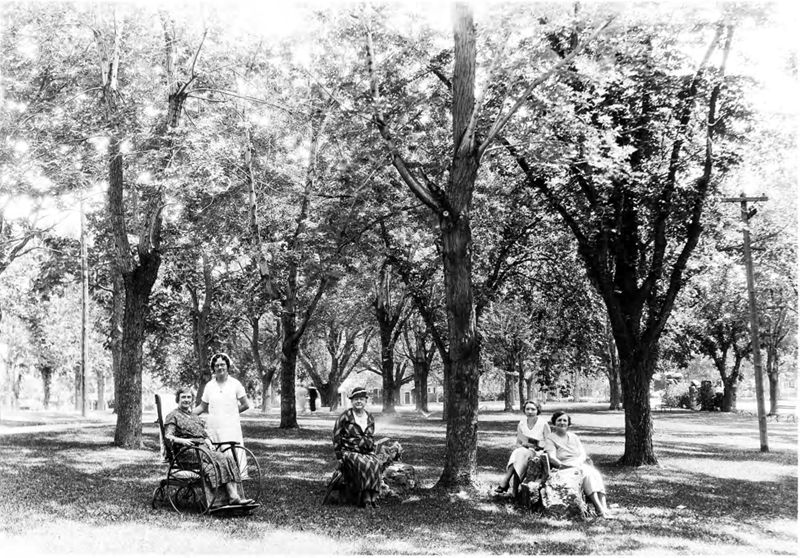
Photo courtesy of the Carnegie Library for Local History / Museum of Boulder Collection
A farm converted for health care at Iris & Broadway

Photo courtesy of the Carnegie Library for Local History / Museum of Boulder Collection
In 1918, W.W. Wolf sold his farmhouse, land and orchard to Boulder County to use as a hospital and poor farm. Once a spacious addition was completed, staff members and 30 residents moved into the former home and agricultural property. The Boulder County Hospital and Poor Farm were located at today’s intersection of Iris and Broadway — the mission-style addition is still in use as the Boulder County Offices of Housing and Human Services. Publicly funded living facilities like this were not only for the disabled but also for indigents, the aged, and the insane. Those residents who were able-bodied had to work in return for their room and board. The institution closed in 1962 when the number of residents had dwindled and could be accommodated at newer facilities in town.
Celebrating 100 years
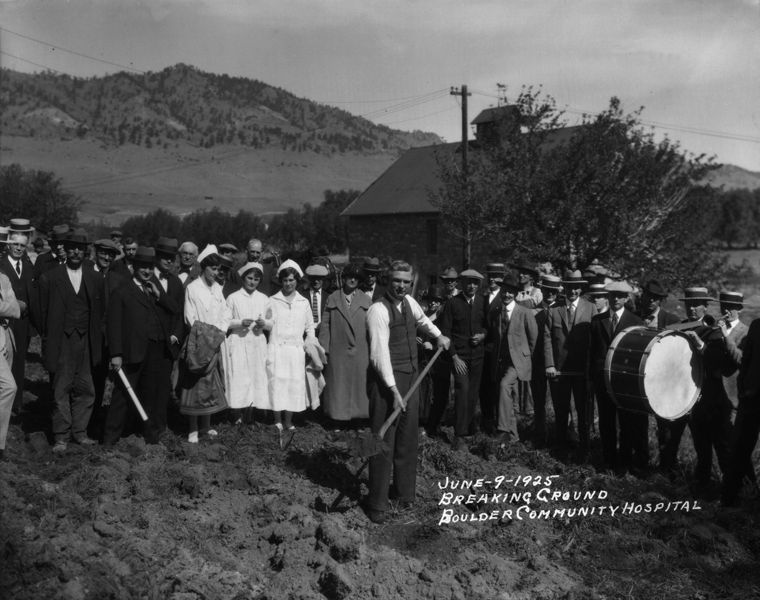
Photo courtesy of the Carnegie Library for Local History / Museum of Boulder Collection
Many of us have used the services of today’s Boulder Community Hospital (BCH), which is celebrating its 100th anniversary this year. Boulder’s most comprehensive medical care facility started as a teaching hospital, built in 1889 on the CU Boulder campus. When the University moved its medical school to Denver in 1920, a group of local doctors bought the Ben Hagman residence at Broadway and Alpine and converted it into the 15-bed North Boulder Hospital. In 1922, the Community Hospital Association was incorporated as a not-for-profit organization. By 1926, it was operating as Boulder Community Hospital with 45 patient beds. Capacity increased over the years, such that it grew to a 172-bed facility by 1974.
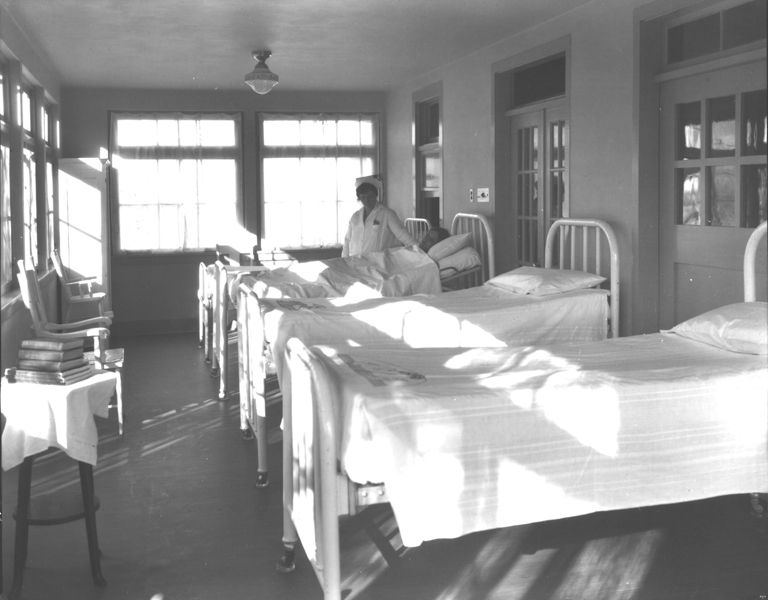
Photo courtesy of the Carnegie Library for Local History / Museum of Boulder Collection
Since then, satellite clinics, offices and medical centers affiliated with BCH have been opened all over Boulder County. Many hospital services have been consolidated at the new Foothills campus location since both the Mapleton and Broadway locations were closed in 2015 and 2019, respectively, and the entire organization is now known as Boulder Community Health. The 8.8-acre Alpine-Balsam campus has been purchased by the City for the potential development of mixed-use office, residential and community space.
We are thankful to all of our healthcare workers past and present in our Colorado communities. To learn more about Boulder’s rich history, we encourage you to visit the Museum of Boulder website.*
*This link navigates to a third-party website.

